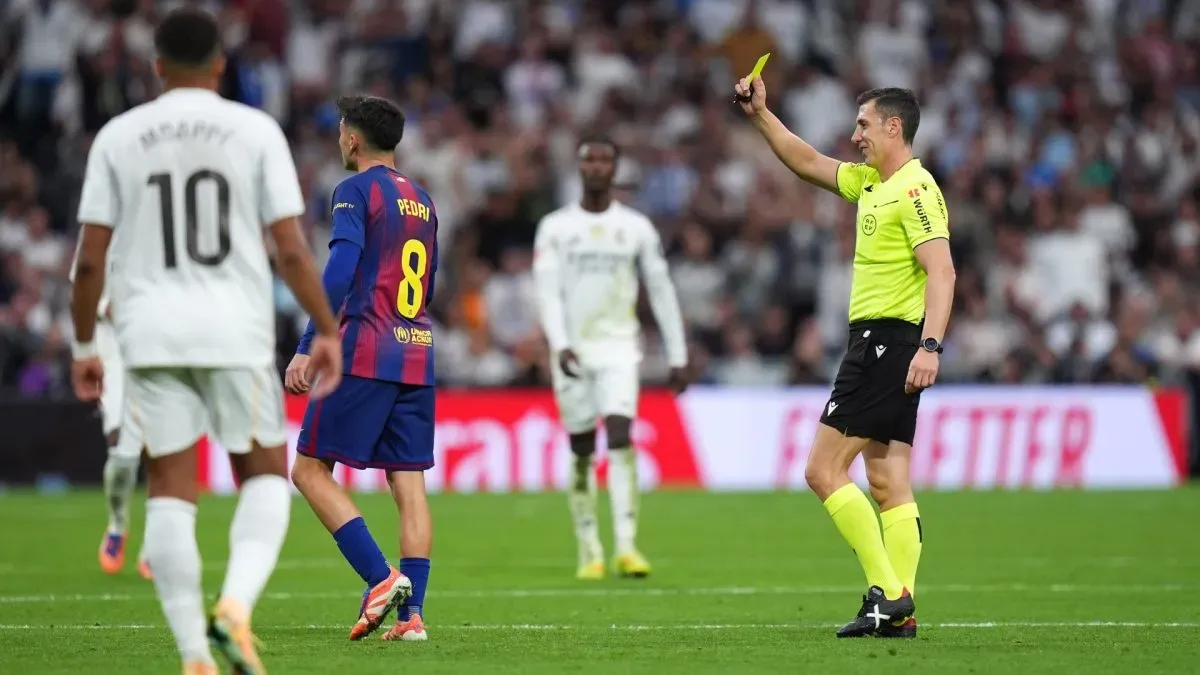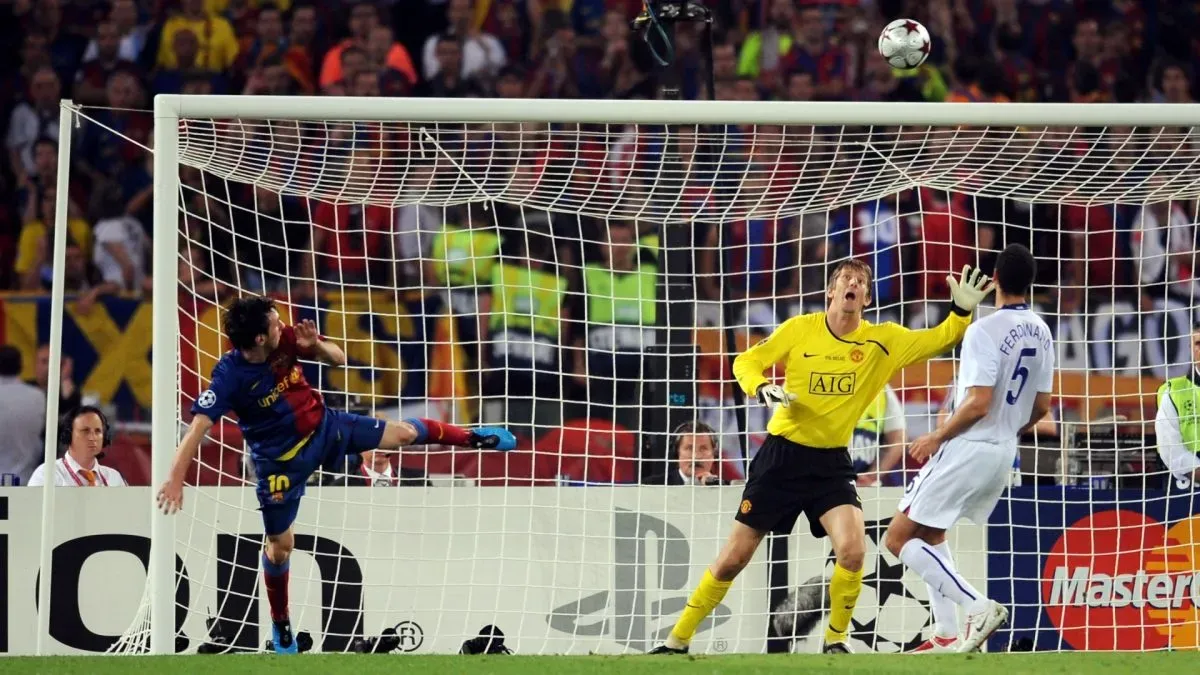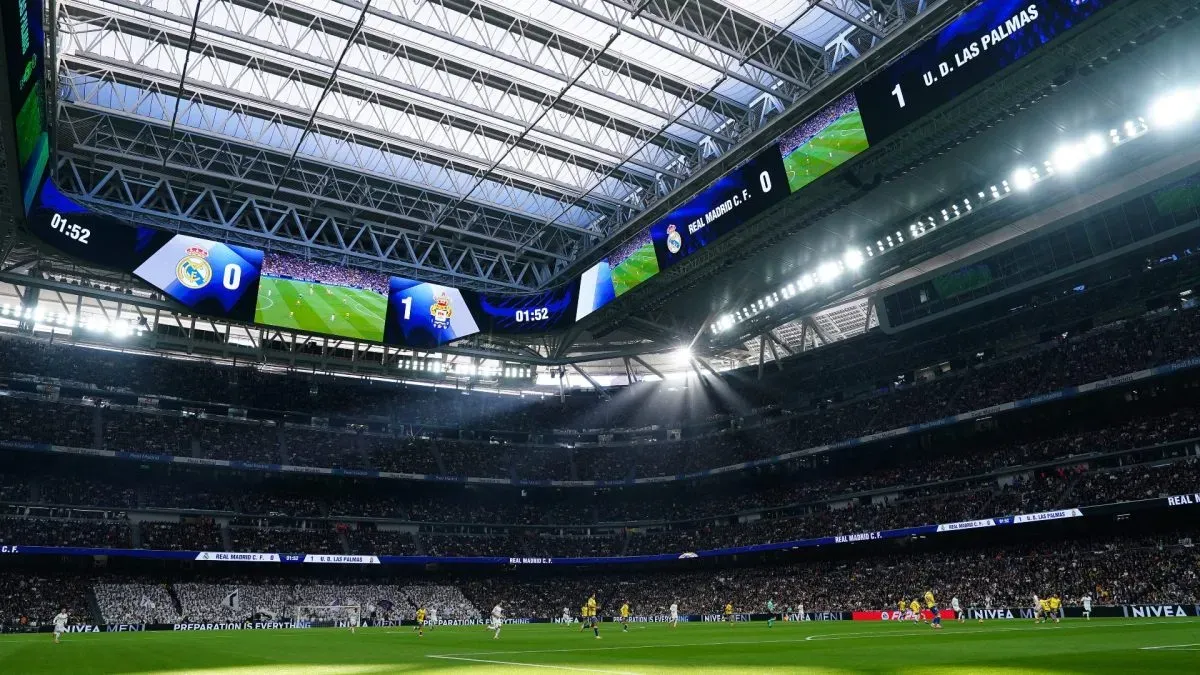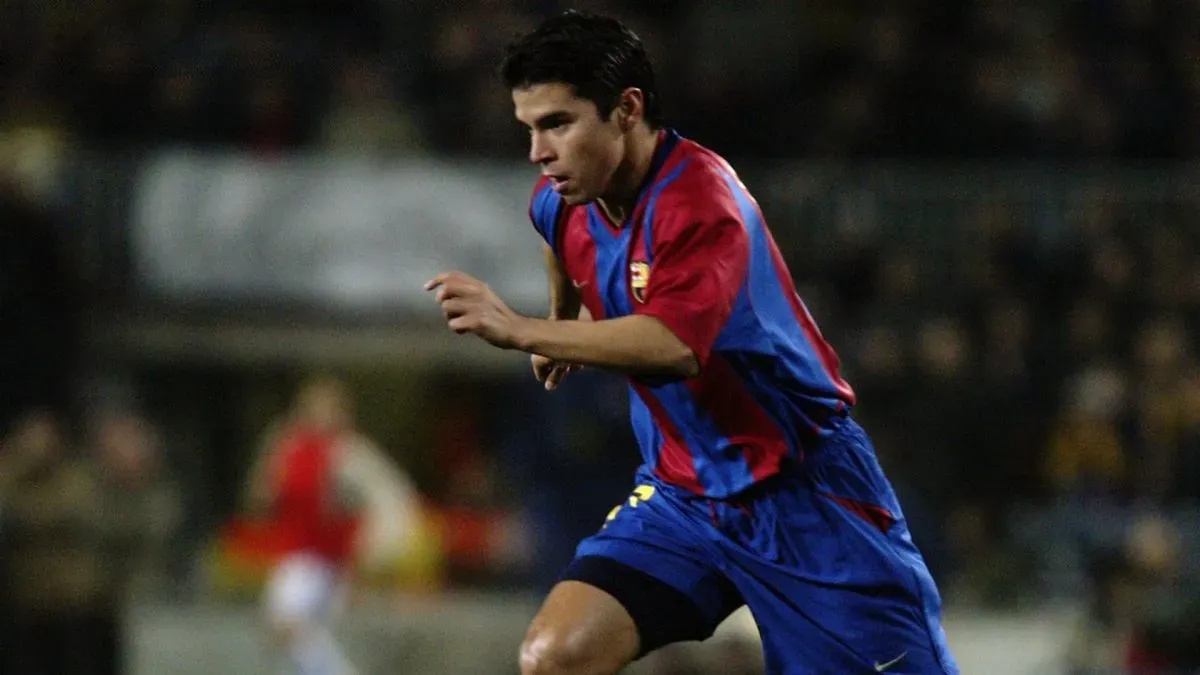Soccer could face multiple rule changes: VAR reviews and other major modifications to be considered by IFAB
The transformation of soccer in recent years appears far from over. The introduction of VAR brought a dramatic shift to the way the game is played and has since been followed by other new rules that continue to reshape the sport. Now, the International Football Association Board is studying possible future changes that could again alter the landscape of the game.
IFAB is the international organization responsible for determining the Laws of the Game, the official regulations governing how soccer is played. Established in 1886, its authority over rulemaking was formally recognized by FIFA in 1904 — a relationship that continues to this day.
According to The Guardian, IFAB members held a virtual meeting on Tuesday to discuss several topics ahead of the annual business meeting, which will take place in London in January 2026. Among the subjects raised were a number of potential rule modifications that could be introduced in the near future.
One of the proposed changes involves setting a time limit for players to take throw-ins. In recent years, throw-ins have gained new tactical importance, as teams increasingly use them to launch long crosses into the opponent’s box and create scoring chances.

Given that trend, one proposed modification would impose stricter time limits on throw-ins — similar to the rule requiring goalkeepers to release the ball within eight seconds after gaining possession. This could also extend to other restarts, such as goal kicks, with the aim of speeding up play and reducing intentional time-wasting.
More changes to VAR?
Since its official introduction in 2017, the Video Assistant Referee system has dramatically reshaped how soccer matches unfold. That transformation, however, has not been without controversy, with numerous adjustments and reviews taking place along the way.
Earlier this year, for example, a test was conducted at the FIFA U-20 World Cup using a new concept called the Green Card. This system allows coaches to request reviews directly when they believe it’s necessary, rather than waiting for the VAR team to intervene on its own.
Now, IFAB is considering expanding the range of situations in which VAR can intervene. Currently, the technology is limited to reviewing potential goals (including determining whether the ball crossed the line or if there was an offside, handball, or foul in the buildup), possible penalty decisions, cases of mistaken identity, or direct red-card incidents.
It’s that last category that could soon see an adjustment. At present, VAR can review a referee’s decision to issue a direct red card, but it cannot intervene when a player is sent off for a second yellow. The proposal would allow reviews in those double-yellow situations as well.
Potential tweaks to the offside law
Finally, The Guardian reported that other topics will also be discussed: “There was also an agreement to look further at the offside law, with officials asked to consider whether the main objective should be to reduce marginal offside decisions in modern football to promote more attacking play.”
This issue has been debated for years, with proposals such as the one put forward by Arsene Wenger. The legendary former Arsenal coach has suggested reversing the current interpretation of offside, requiring an attacker’s entire body to be beyond the penultimate defender to be ruled offside — rather than any part of the body, except the arms.
All these potential changes will be discussed in just a few months at IFAB’s annual meeting, and they could have a major impact on the future of soccer starting in 2026. What remains to be seen is how many of these modifications will be implemented in time for the FIFA World Cup hosted by the United States, Mexico, and Canada.




































































